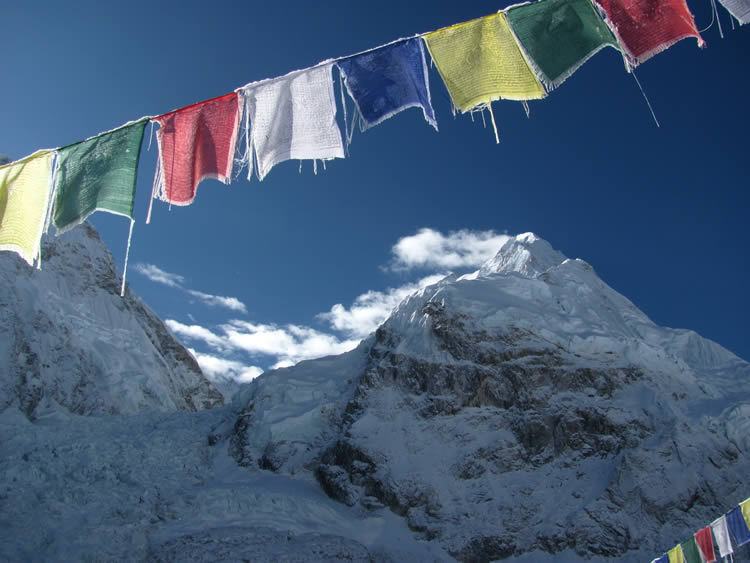South vs North

If you are looking to climb Everest there are a whole raft of factors to take in to account – the cost, the style of trip, the company (and their track record), the client / Sherpa ratio for summit day, availability of oxygen high on the hill, availability of spare oxygen and masks for summit day, weather forecasting and, crucially, whether you go North or South.
To the uninitiated there may seem to be little, if any, difference – except that the cost on the North is so much cheaper. If that is the basis of your decision then you may be in for a short, sharp shock.
Whilst it is often cheaper to go North there are a few things to take in to account. Firstly the figures show that there is a far, far higher success rate on The South side and secondly there is a much, much higher death rate on The North side. Having summited on The North side in 2005 I realised that, for me, it was not the place to be with clients – particularly on summit day. The terrain is very very technical, once out of the exit cracks it is a long way to traverse to the summit and if there is any difficulty encountered in terms of accidents, problems with oxygen or the weather closing in it is a big BIG deal to get back to the top camp (which is at 8,300m!).
Added to that The Tibetan plateau is consistently between 4,500m and 5,000m high, so you can’t escape from the high altitude environment and it is dry and dusty and can be bitterly cold. To that end there is a huge likelihood that you’ll get some form of throat or chest problems & it’s a L O N G way to Advanced Base Camp (21km and 1,200m of ascent). It’s all very well being able to drive to Base Camp but you can be guaranteed a cracking headache for your first 5 or 6 days – not a great start to your trip.
Conversely the Nepalese side is much warmer, much safer on the summit day and rescue is a distinct possibility. There is also the prospect of being able to depart Base Camp for a couple of days and drop down to, say Pangboche or Deboche which, at around 3,950 to 3,750, are places where you can rest and recuperate.
There is also potential of a much better acclimatisation schedule on the Nepal side. For instance with my trip we’ll be trekking and climbing for 3 weeks on the way to Base Camp. That way we will be a better bonded group when we get there and will probably be in better mental and physical shape than if we had charged straight up The Khumbu to get to Base Camp in 9 or 10 days.
And lastly, there is the possibility of helicopter rescue on the south side too.
So … you decide. But it is a lot of money to gamble with and if you want to be safer and have a higher chance of summiting the it has to be The South Side. One example that I can give is that a group of 19 clients on the North side had 5 summited (and one was the Western Guide!) – whereas the Sirdar and Climbing Sherpas I’ll be using had 23 clients and they all summited except one.
Don’t say I didn’t tell you.
Further notes available here . There is a breakdown of statistics
about fatalities and success rates here.

